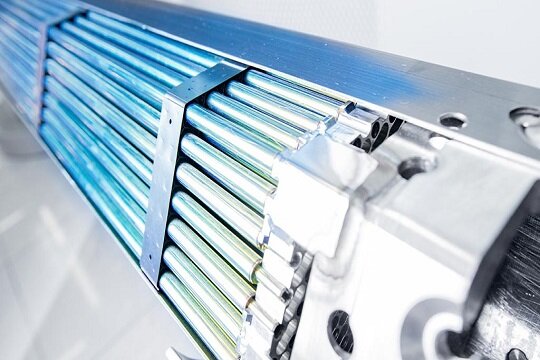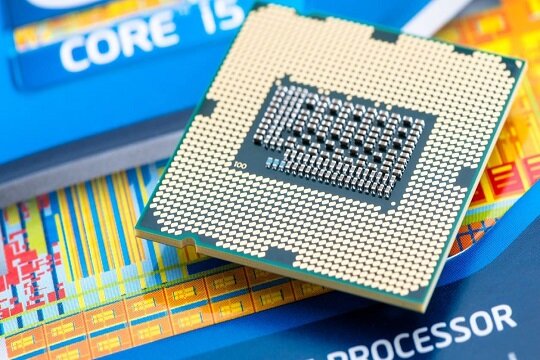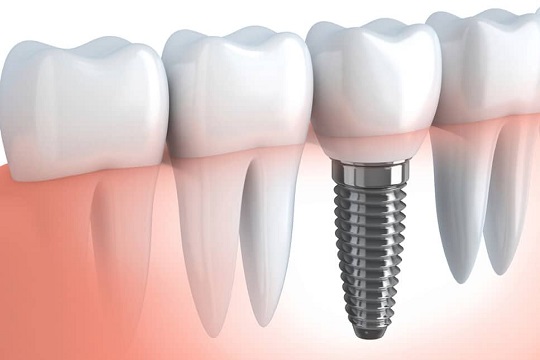Introduction
Hafnium (Hf), though lesser-known than other metals, plays a critical role in modern technological advances. It has high melting point, corrosion resistance, and excellent neutron absorption capacity. Therefore, it is an irreplaceable material in several industries. For example, in nuclear energy, aerospace, and electronics. This blog delves deeper into the incredible uses of hafnium. We'll also explain why this remarkable element is powering some of the most innovative technologies of the future.
What Makes Hafnium Special?
Hafnium stands out for its unique properties that make it suitable for highly demanding applications. One of its most important qualities is its excellent ability to absorb neutrons. This makes it invaluable in nuclear reactors. Hafnium also boasts high resistance to corrosion and oxidation, even at elevated temperatures. Its chemical properties make it highly compatible with zirconium. It often appears alongside zirconium in nature. These distinctive characteristics have led to the extensive use of hafnium in some of the most advanced and critical industries.
Key Uses of Hafnium
1. Nuclear Energy

Perhaps the most important and well-known use of hafnium is in the nuclear energy sector. Control rods, used to regulate nuclear reactors, are often made of hafnium. The metal has exceptional neutron-absorbing capacity. This makes it crucial in controlling the rate of the nuclear reaction. It ensures that reactors operate safely and efficiently.
In nuclear reactors, control rods are inserted or withdrawn to manage the number of neutrons available to sustain the chain reaction. Hafnium is ideal for this application. This is because it absorbs neutrons without itself becoming radioactive over long periods. This property ensures reactor longevity and reduces the risks of long-term radioactive contamination. This contributes to safer nuclear power generation.
Hafnium alloys are also prized for their durability under extreme heat and corrosive environments. This makes them suitable for use in reactor internals, where temperatures often exceed 1,000°C (1,832°F). Hafnium has the ability to perform reliably in such challenging conditions. It is crucial for the safety and efficiency of nuclear power plants.
2. Aerospace Applications

Hafnium has high melting point and heat resistance. This makes it an indispensable material in the aerospace industry. Aerospace engines, especially jet turbines and rocket nozzles, operate at extremely high temperatures. Few materials can maintain their integrity in such conditions. Hafnium has the ability to form high-temperature-resistant alloys. This makes it invaluable in the manufacturing of components used in jet engines and spacecraft.
One specific application is in the production of superalloys for turbine blades in jet engines. These superalloys, which often include hafnium, are used to construct parts that must withstand temperatures that exceed 1,200°C (2,192°F) during operation. Hafnium's presence in these alloys provides structural stability and prevents deformation under such extreme conditions. This enables jet engines to operate more efficiently and safely, ultimately improving fuel consumption and reducing wear on engine components.
In the space industry, hafnium-based components are used in rocket nozzles and exhaust systems. These components are often exposed to the intense heat of combustion during launches. Hafnium has the ability to resist heat and oxidation. This ensures that these components remain structurally sound, even in the demanding conditions of space travel.
3. Semiconductor Industry

The use of hafnium in the semiconductor industry is another remarkable example of its importance in advancing technology. In this sector, hafnium oxide (HfO₂) has become a crucial material due to its high dielectric constant. Hafnium oxide is used as an insulating layer in microchips and transistors. It helps reduce power consumption while increasing the performance of modern electronic devices.
Now, electronics continue to shrink in size while increasing in power. Therefore, the need for materials with better insulating properties becomes critical. Traditional silicon dioxide (SiO₂) has been the go-to dielectric material in microelectronics. However, it reached its performance limits due to quantum tunneling effects as chips became smaller. This is where hafnium oxide comes into play. Its higher dielectric constant reduces leakage currents. This allows for smaller, more energy-efficient transistors without compromising performance.
Companies such as Intel have incorporated hafnium-based materials into their processors to enhance performance. These advancements have enabled the production of faster, more efficient smartphones, laptops, and other digital devices. Hafnium oxide’s use in semiconductors is a key reason why today's electronics are so powerful yet energy-efficient.
Emerging Applications
4. Energy Storage and Batteries

As the world shifts towards cleaner energy and electric vehicles, the demand for advanced battery materials is growing rapidly. Hafnium is starting to emerge as a promising material for energy storage technologies, specifically in next-generation batteries.
Research is ongoing to explore how hafnium can be used in advanced battery electrodes, especially for high-performance applications such as electric vehicles. Hafnium-based compounds are being investigated for their ability to enhance battery life, improve charge times, and boost energy density. These characteristics could make hafnium a key player in the future of energy storage, especially as industries continue to push for more efficient and sustainable energy solutions.
5. Medical Equipment

Hafnium is also finding its way into the medical field, particularly in the development of medical equipment and implants. Its biocompatibility makes it suitable for applications where the material comes into contact with human tissue. Hafnium has resistance to corrosion and wear. This makes it ideal for long-lasting medical devices, including surgical tools and dental implants.
In surgical tools, hafnium ensures that instruments maintain their sharpness and structural integrity over repeated use. In implants, such as dental screws, hafnium offers longevity. It reduces the need for replacements and improving patient outcomes. This characteristic of hafnium makes it valuable in advancing healthcare technologies. This contributes to better and more durable medical solutions.
Why Hafnium Is Important for the Future
The demand for materials that can withstand extreme conditions and improve the efficiency of advanced technologies will only increase in the coming years. Hafnium’s unique properties make it a vital component in industries that require precision, durability, and heat resistance. Whether in nuclear energy, aerospace, electronics, or emerging fields like battery technology and medicine, hafnium is set to play an ever-growing role.
Hafnium's versatility ensures that it will continue to be a key player in technological innovation. As industries explore new applications for this remarkable metal, its importance in shaping the future of high-performance technologies will become even more evident.
Conclusion
Hafnium may not be widely recognized, but its role in modern technology is undeniable. From regulating nuclear reactors to enabling the next generation of electronics and aerospace innovations, this metal is essential to some of the most advanced technologies in use today. As new applications continue to emerge, hafnium’s importance in powering the future of industries is only expected to grow. It ensures that this incredible metal will remain at the forefront of technological progress for years to come.
Are you looking for premium-grade hafnium for your next project or industrial application? Our company is a trusted supplier of high-quality hafnium products. We offer customized solutions to meet your specific needs. Contact us today to learn more about our hafnium products, request a quote, or discuss how we can support your business with tailor-made solutions. Let us help you take your technologies to the next level!
















